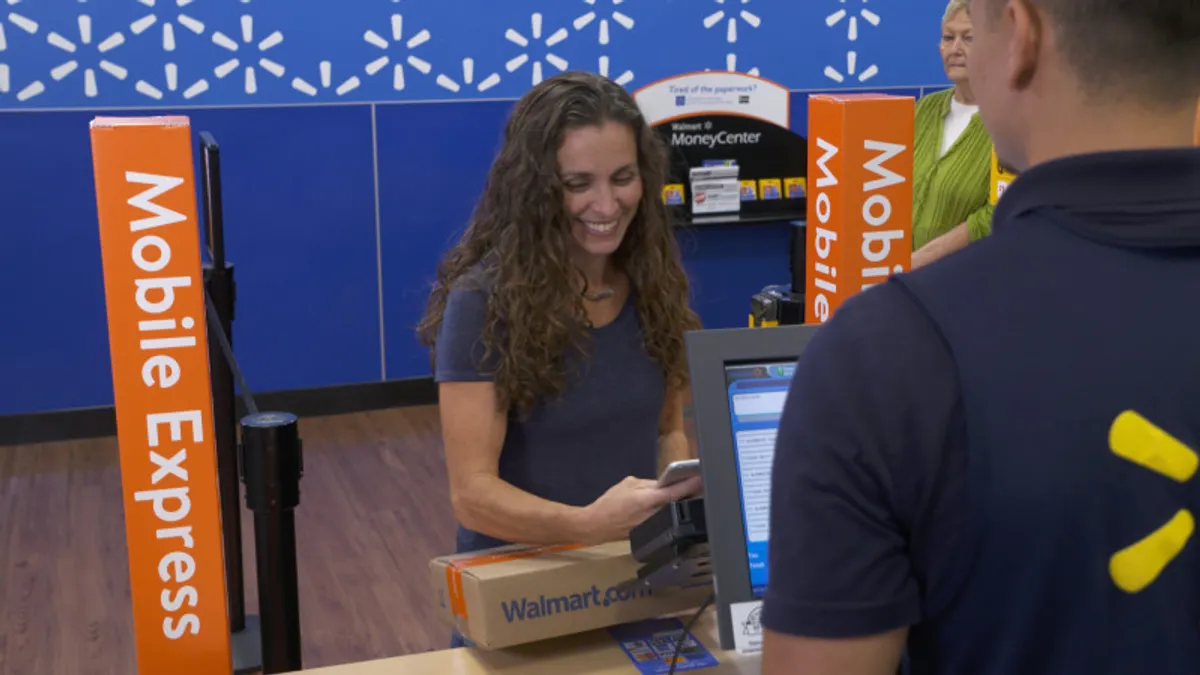Correction: This story has been corrected to specify that CBRE estimates online returns were $32 billion for the holiday season in 2016, not the full year as previously reported.
Dive Brief:
- With online sales reaching as much as $107.4 billion this year, up from approximately $93 billion in 2016, CBRE estimates that the likely value of returns during the holiday season was $32 billion, up from 2016's estimated $28 billion.
- Returns of brick-and-mortar purchases tend to hover at 8% percent, while e-commerce returns can reach as high as 15% to 30%, depending on the product.
- Retailers' ability to handle the reverse logistics of unwanted merchandise can determine market success or failure, according to the real estate firm's report.
Dive Insight:
The ideal relationship between growing e-commerce purchases and returns is an inverse one.
While companies like Optoro mine returns for strategic resale value, and others like Liquidity accept any and all items for enormous warehouse-emptying events, some retailers aim to reduce the number of returns, considering them more of a failed prediction than an inevitability.
How best to handle returns is a well-debated subject for both retail and e-commerce sellers. While some favor data mining as a way to reduce returns, others believe in transforming returns into opportunities for more brick and mortar traffic and potentially recouped sales.
"Returns can be viewed as either the retailer loses, or as an opportunity to make a positive impression on a customer," Chris Miller, Vice President of Logistics at Narvar told Supply Chain Dive. "Making returns easier for consumers tends to encourage greater sales opportunities."
Other industry experts suggest an altogether different method. "With more precise data mining, the chances of over-buying or mistaken purchase is going to shrink," David Egan, CBRE Global Head of Industrial & Logistics Research told Supply Chain Dive. "The more information a retailer has on a buyer, the better it can steer her toward an item she's less likely to return."
The goal is a more precise understanding of data.
"Data can indicate what direction a customer is most likely to choose," Egan said. "We've all seen pop-ups that pitch us items we're likely to want based on past searches or purchases. Right now a big seller like Amazon wants to have every item all the time, but as e-commerce evolves, it's going to begin to differentiate and offer more personalized recommendations. That's going to cut down on returns."













